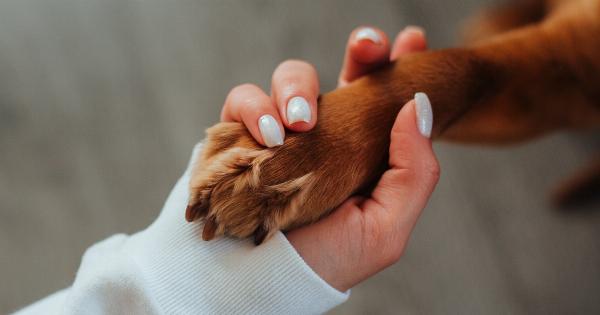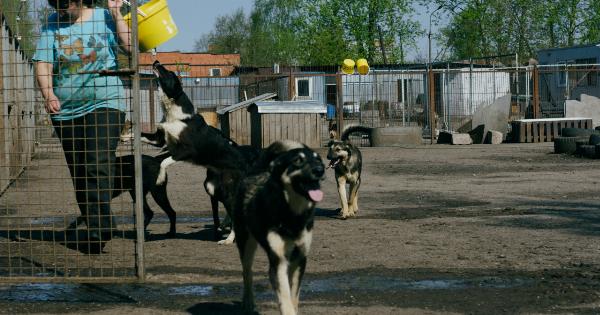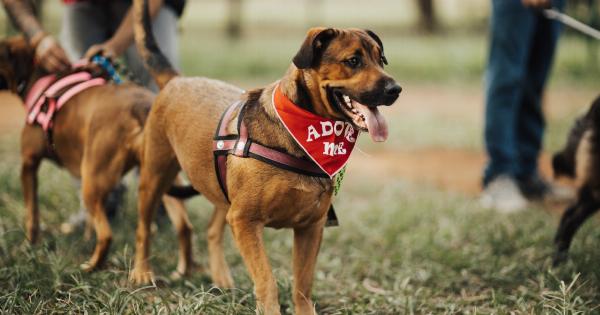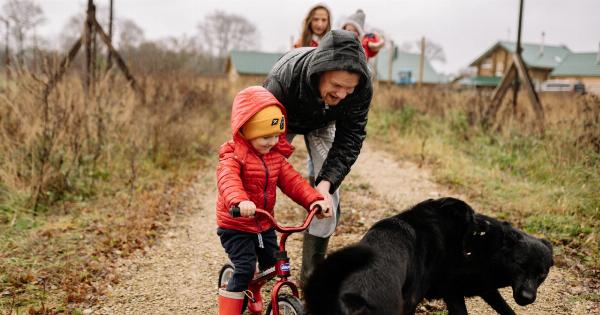Dogs are some of the most loyal and loving creatures on the planet. They form strong bonds with their owners and can be the perfect companions. One of the most important skills that all dog owners need to have is knowing how to call their dog.
It may seem like a simple task, but calling your dog can be difficult if they don’t respond to your commands. Luckily, it is possible to unlock the mystery of how to call your dog.
Understanding Your Dog’s Behavior
Before you can start calling your dog, it is important to understand their behavior and how they communicate. Dogs use body language, vocalizations, and scent to communicate with other dogs and humans.
They are also highly attuned to visual cues, such as hand gestures and facial expressions. By paying close attention to your dog’s behavior, you can learn how they communicate and what they respond to.
Choosing a Name
The first step in calling your dog is choosing a name that they will respond to. It is important to choose a name that is easy to say and has a clear sound.
Avoid choosing names that sound similar to common commands, such as “sit” or “stay,” as this can cause confusion for your dog. Once you have chosen a name for your dog, make sure to use it consistently in a positive tone to reinforce their name recognition.
Training Your Dog to Come When Called
The most important command you can teach your dog is to come when called. This command can save your dog’s life in an emergency and is also useful in everyday situations. To train your dog to come when called, follow these steps:.
Step 1: Start Indoors
Begin by training your dog to come indoors, where there are no distractions. Start by saying your dog’s name, followed by the command “come.” When your dog comes to you, give them a treat and praise them.
Repeat this several times a day until your dog comes to you reliably indoors.
Step 2: Add Distractions
Once your dog is responding to the “come” command indoors, gradually add distractions. Practice calling your dog from different rooms or areas of the house.
You can also try calling your dog while they are in the middle of playing with a toy or eating a treat. Be sure to reward your dog with treats and praise when they come to you.
Step 3: Train Outdoors
When your dog is reliably responding to the “come” command indoors, it is time to move outdoors. Start by training your dog in a quiet, fenced area with minimal distractions.
Gradually add distractions, such as other people or dogs, as your dog becomes more reliable.
Calling Your Dog in Public
Once your dog is trained to come when called, it is important to continue practicing in a variety of situations. When calling your dog in public, follow these tips:.
Tip 1: Use a Clear Tone
When calling your dog, use a clear, firm tone of voice. Avoid yelling or sounding angry, as this can cause your dog to become fearful or ignore your command.
Tip 2: Use Their Name
Always use your dog’s name when calling them. This will help them understand that you are talking to them and not someone else.
Tip 3: Use Positive Reinforcement
When your dog comes to you, reward them with treats and praise. Positive reinforcement will help reinforce the behavior and make it more likely that your dog will come when called in the future.
Tip 4: Choose the Right Time
Choose a time when your dog is not too distracted or overstimulated. For example, it may be more difficult to call your dog in a crowded park than in a quiet neighborhood street.
Conclusion
Calling your dog is an important skill for all dog owners to have. By understanding your dog’s behavior, choosing a name, and training them to come when called, you can unlock the mystery of how to call your dog.
Remember to use positive reinforcement, clear communication, and practice in a variety of situations.























